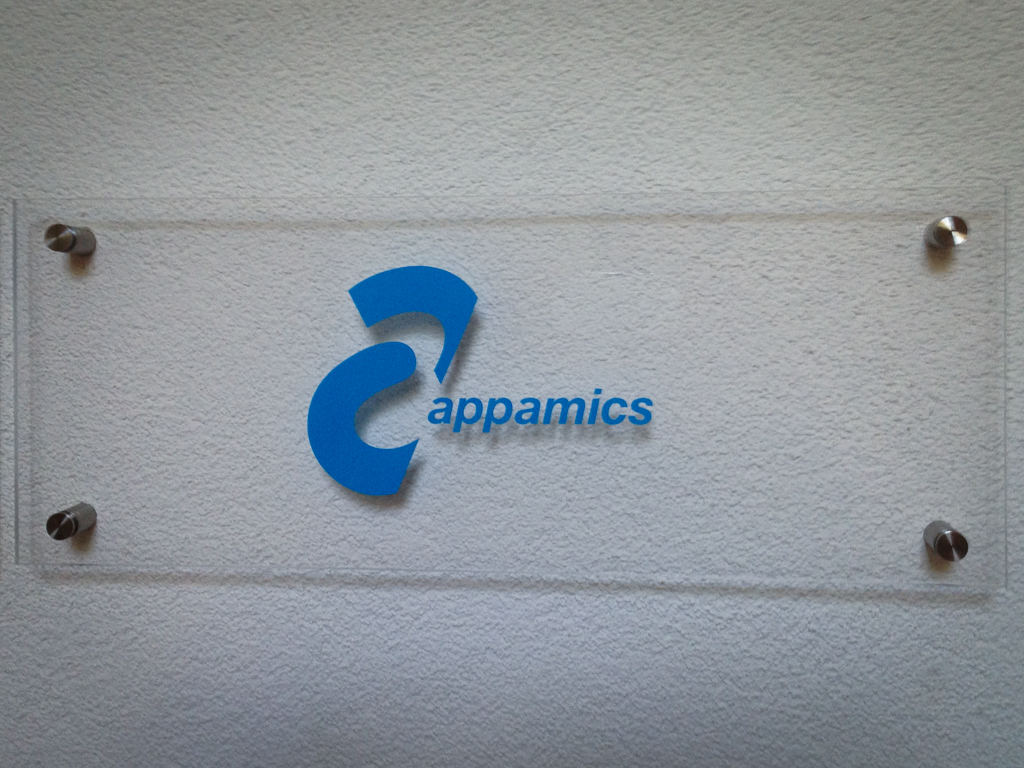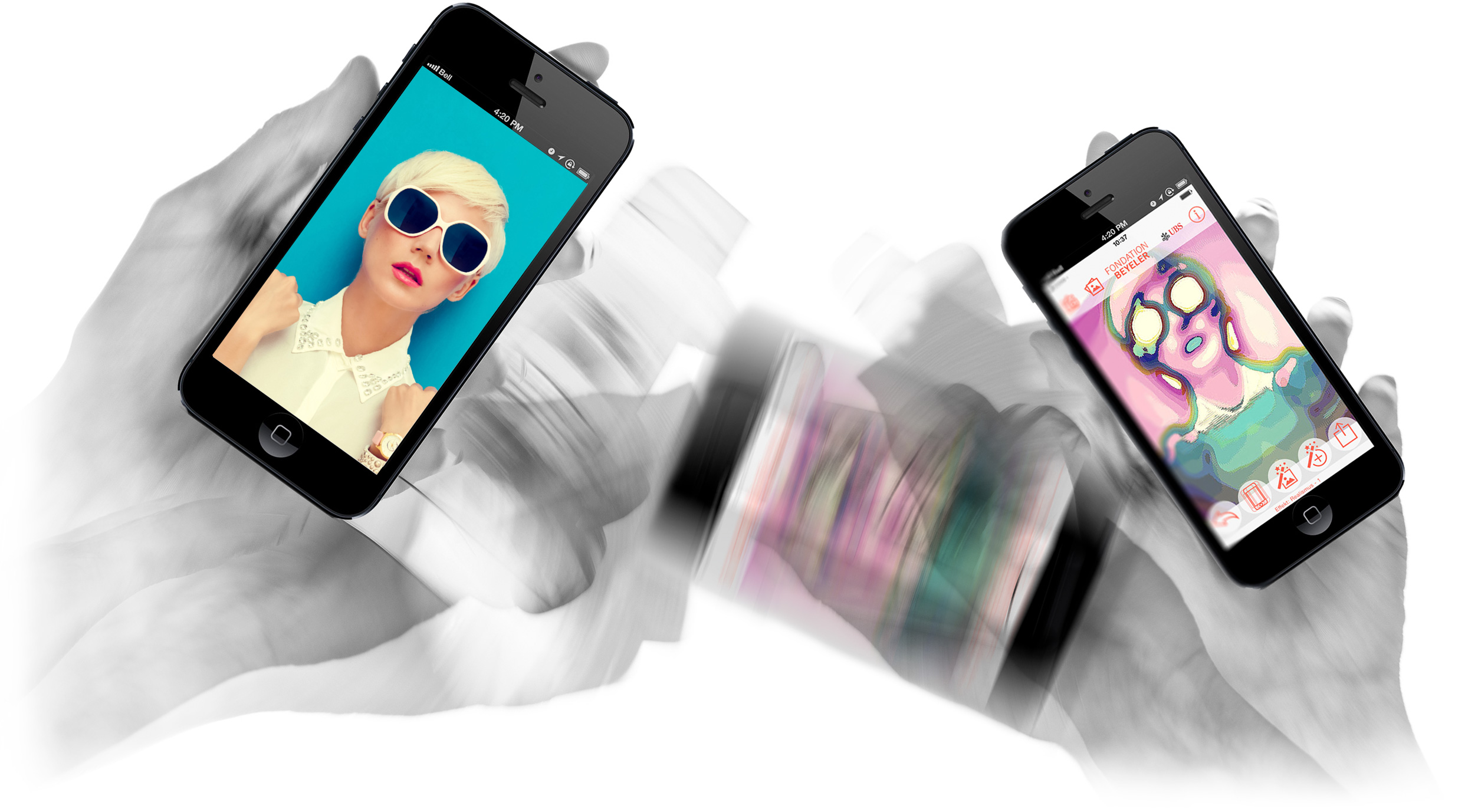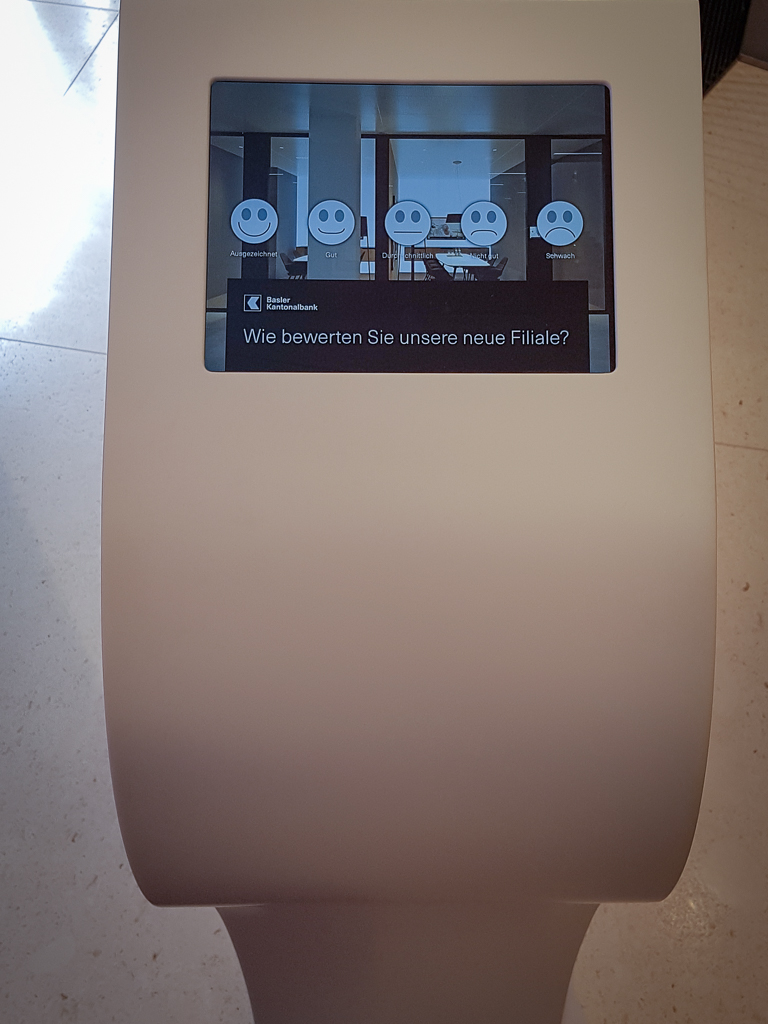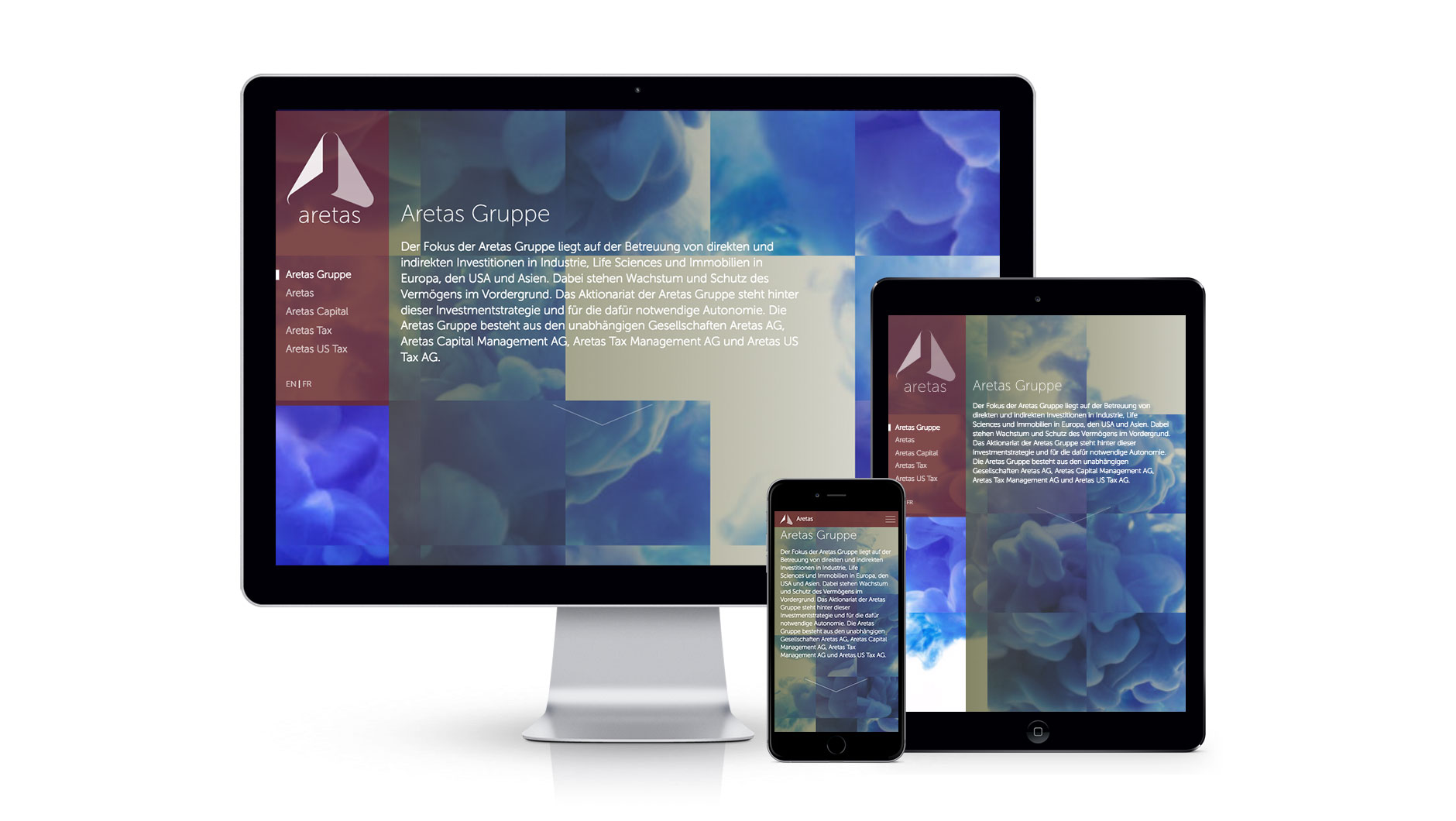Today it is our great pleasure to celebrate 10 years appamics. In December 2012 the company was officially founded, and we reached the fantastic goal of a full decade. It is time to reflect about our journey starting from zero, through the initial startup years to being an established company. A lot has happened in those 10 years, and we are happy to look back and are looking forward to begin the next decade.
Preparations
Preparations to start a new company began in mid 2012. It was time to start something new. Previously I was leading a development team here in Basel and the USA which was responsible for mobile music apps. Comparable to Spotify but we were many years earlier in the market. There were two options: being part of another company or to start something own from scratch. I was taking the risk here to start a new company from scratch.
At that time, I was looking for a company name and the word appamics only had two Google matches where both of them were written differently. I immediately bought the domain appamics.com and appamics became the official name afterwards. Why appamics? The word appamics consists of two parts: app, for application, and dynamics. Fun fact: until today there is no official pronunciation.
Registering the company was quite easy. First CHF 20’000 had to be transferred to a new company bank account, then a notary approved all documents. I already prepared all necessary documents, and both the bank and notary were surprised. This was a rare case where they had less work to do than usually.
I was lucky to buy all furniture and hardware from my previous employer. This reduced the founding and operation costs in the first years a lot.

The appamics logo was designed by Jan Schmocker and his team at neko interactive. The initial logo was modified later to its current shape. I know Jan for almost 15 years and we worked together before. He is involved in appamics since beginning and I am in parallel CTO of neko interactive. Together we combine design, UXD and technology in innovative ways.
First Startup Year
The initial plan was to develop software and services for set-top-boxes of IPTV providers. This market was small and our expectations to succeed were high. We developed a couple of applications and prepared video content deals. Everything was ready but no deal was ever signed. This was a big disappointment; all IPTV investments were completely for the trash. Looking back this was the only product being developed we could not monetize at all.

In April 2013 we created the concept for ArtShaker for Fondation Beyeler and won their contest with a proof-of-concept iOS app. ArtShaker was launched in October 2013 and directly hit the top 20 of the App Store in Switzerland and even reached the third place in the photo app section. This was a big success, and the iOS app was followed by an Android version in 2014. The apps are no longer available, but we still see a lot of regular users.
pharos IoT
In 2014 we started our second product development, after the initial IPTV fiasco, called pharos. pharos started as the brand for appamics’ iBeacon ecosystem. Part of it was the pharos backend, which today we call pharos Cloud. It allowed managing locations, buildings, rooms, beacons, analytics, campaigns, SDKs and push notifications. Later on a distributed storage solution was integrated as well. We invested a lot in the backend and its SDKs for mobile devices (iOS, Android) and the web (PWA). Without this product strategy appamics would not be where it is today. We invest in our products and technologies before it is being used in customer projects. This strategy had its risks and took its time to hit the market because we are consistently too early and must convince customers about their advantages first. Being early has the advantage to optimize our technologies over time and solve issues in advance.

We invested a lot in sales and marketing in 2014/2015. In 2015 several iBeacon related projects were launched. With Portrait Play there was a project even in Washington D.C. at the Phillips Collection.
pharos Displays (pharos Box)
In 2016/2017 we extended the pharos backend to be able to control external displays and especially our first hardware product, the pharos Box. The pharos Box is a Raspberry Pi based product which uses our open source aminogfx-gl rendering engine. The pharos Box is a plug-and-play device: simply attach to a screen through HDMI, setup WIFI or use the Ethernet port and you are good to go. Everything works in realtime. In addition to the pharos Box iOS, iPadOS, Android, Linux or macOS devices can be used as well.

Typical use cases at the beginning were: bank, shops and restaurants. In case of the NOOHN restaurant in Basel we developed scenes using 8 projectors at three angled walls. All in realtime, all in sync.
pharos Web
We are also specialized in web projects and created many corporate websites during the first years. Initially all web projects were done in a monolithic way i.e. each projects had its own Git repository, code and build system. Then we decided this is not the way we want to go forward. Building separate silos does not allow us to keep all projects on the same level and to use synergies as we know them from pharos IoT and pharos Displays. We want to introduce new technologies early and master them efficiently. Customers should have upgrade paths and code bases should always be up to date.

pharos Web completely changed the way we build websites. Our web projects consist of modules, views and templates. All can be shared across projects, inherit parts or be completely independent. Projects settings are defined once e.g. responsive breakpoints are set once and those values are used by our pre-processors, JavaScript code or CMS specific renderers like PHP for WordPress. Data binding and data access is possible across those boundaries. Error handling and reporting is consistent and easily accessible. We are using a monorepo with Git submodules for automated remote deployments. Different transpilers and toolchains are supported to get the best possible output for the project. All together pharos Web is a unique environment to build modern websites.
We can easily scale from medium web projects to large websites with millions of users per month. Combined with pharos IoT’s push notifications even more is possible. We operate one of the largest push notification infrastructures in Switzerland. We are looking forward to the 2023 iOS Safari update which finally supports web push notifications. This is a big game changer we were waiting for many years. Finally, many features of Progressive Web Apps (PWA) are supported on all big platforms.
Summary
There were a lot of challenges during the first years with a difficult beginning, but we successfully mastered them and are here to stay. I want to thank the team and all our customers. Without them it would not have been possible to be where we are today. Where will apps and the web be in 10 years? Honestly, I don’t know but I promise appamics continues to investigate in new trends early and to support interesting upcoming technologies as soon as possible. Together we build the future.